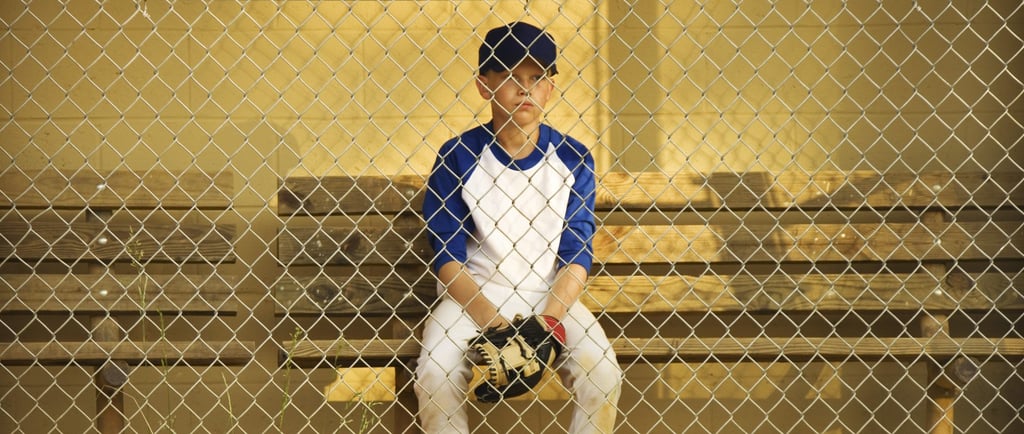How to Help Your Child Get Out of a Hitting Slump
Is your child stuck in a hitting slump? Learn how to help them bounce back with simple mindset shifts, drills, and routines that build confidence and consistency.


It happens to every hitter — including your child.
One week, they’re crushing the ball. The next, they can’t buy a hit. The swings look rushed. The confidence disappears. Every at-bat feels like pressure.
Sound familiar?
“My kid was hitting so well… now he’s 0-for-his-last-10. What happened?”
Welcome to the world of hitting slumps — a frustrating (but normal) part of baseball development. And while no one loves going through them, how you respond makes all the difference.
At Swing Lab, we help athletes and parents understand that slumps aren’t something to panic over — they’re something to learn from and move through.
Here’s how to help your player do exactly that.
First: Understand What a Slump Really Is
A slump isn’t just a few bad games. It’s a combination of:
Poor results
Declining confidence
Pressing or overthinking
Mechanical breakdowns (sometimes)
Lack of a clear plan
The key is realizing: slumps are rarely about mechanics alone. They’re usually about confidence, approach, and timing — especially at the youth level.
If your athlete has been hitting well in practice but struggling in games, the problem probably isn’t their swing. It’s their mindset or approach.
What NOT to Do When Your Athlete Is Slumping
Don’t panic and start changing their swing
Don’t overload them with tips between at-bats
Don’t pressure them to perform
Don’t compare them to other players or teammates
Don’t treat the slump like a permanent problem
The more pressure we add, the worse the slump can get.
Instead, help them refocus, reset, and return to what works.
How to Help Them Bounce Back
Shift the Focus to Process, Not Outcome
Remind your athlete that success isn’t just about hits. Did they square the ball up? Take good swings? Compete in the count? Encourage quality at-bats over results.
Simplify Their Approach
Go back to basics. One swing thought. One pitch at a time. Keep things simple: “See it, hit it.” Slumps often get worse when players overthink.
Control What They Can Control
Help your player identify what’s within their power: their mindset, their preparation, their body language, their effort. That’s where confidence lives.
Rebuild Confidence in Practice
Use controlled environments (tee, front toss, short box) to let them find rhythm again. Let them succeed. Confidence builds through reps and wins — even small ones.
Use Video the Right Way
Don’t obsess over mechanics, but a quick swing video comparison can help show them: “Hey, your swing looks the same. You’re just a little late.” That small reassurance goes a long way.
Remind Them Slumps Happen to Everyone
Even MLB All-Stars go 0-for-10. Sometimes the best thing a player can hear is: “You’re not broken. You’re just in a stretch. It’ll pass.”
Give Them a Reset Game Plan
Use a short list of “reset goals” for the next game:
Hit the ball hard at least once
Take at least one walk or get to a 3-ball count
Be on time for fastballs
Stay calm between pitches
Keep the goals attainable and centered on behavior, not results.
Play the Long Game
Slumps are part of the process — especially for youth players who are still growing, adjusting to velocity, and developing confidence.
The goal isn’t to eliminate slumps forever. It’s to shorten them. To teach your athlete how to respond, not just react.
The players who learn that skill? They become the toughest outs on the field.
Is your athlete stuck in a slump right now — or showing signs of frustration at the plate? Want a personalized drill plan to help them regain confidence and timing? Reach out to Swing Lab and we’ll help you get them back on track — without overhauling their swing.
from: getty images
Excuses don't get walk-offs
get in the lab
info@lexasport.com
+1 (972) 638-0872
© 2025. All rights reserved.
NTX Swing Lab is a division of LEXA Sport
